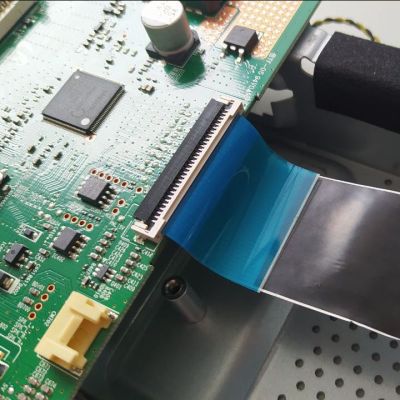Regular roller blades go way back, relying on a number of wheels mounted in a line and relying on regular bearings. [The Q] came up with an altogether more interesting design by handcrafting some tall skates with two hubless wheels apiece.
The build eliminates the hard work of creating the shoe part of the skates. Instead, an existing pair of roller blades was used, and modified to run the alternative hubless setup. The hubless wheels themselves were built by essentially wrapping a few large ball bearings with foam tires from an existing scooter wheel. The ball bearings have a large internal diameter, which creates the hubless look. They’re then mounted to a replacement steel frame that was mounted to the original skates.
Are there any benefits to hubless wheels in this application? Probably not, other than aesthetics. These skates are far heavier than before, and with poorer rolling resistance. However, we will note that the softer foam tires and large rolling diameter would probably offer some benefits on rougher surfaces. They even appear to work on hard-packed dirt, which is pretty impressive.
In any case, it’s always neat to see oddball designs that challenge our perception of what can and can’t be achieved on a mechanical level. These things don’t always have to make sense from an efficiency standpoint to be fun.
Continue reading “You Can Build Your Own Hubless Roller Blades And Ride Off Road”

















